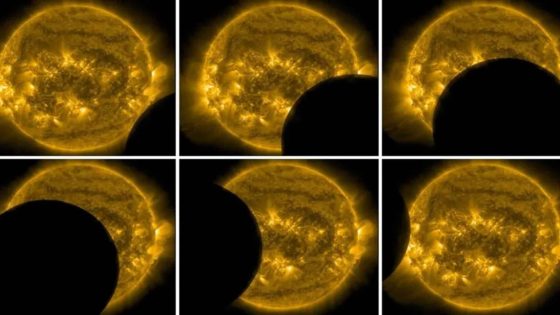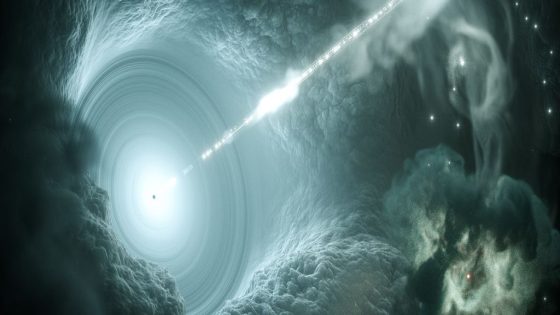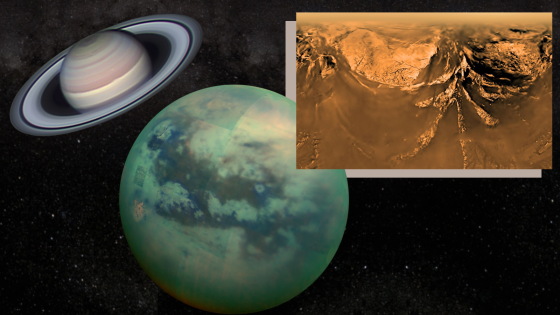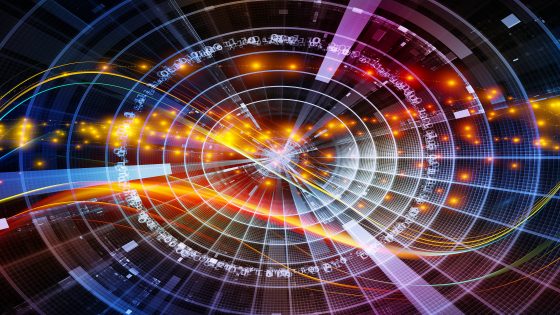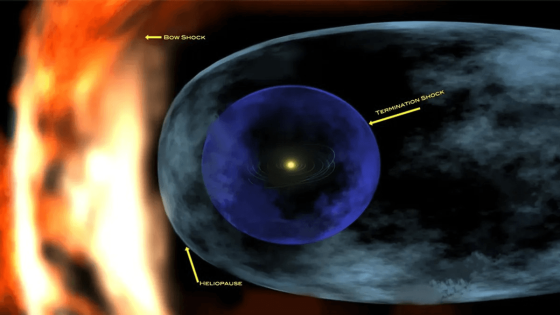NASA’s Solar Dynamics Observatory (SDO) recently captured a stunning solar eclipse on July 25, 2025, showcasing about 62% of the sun obscured by the moon. This rare celestial event, visible solely from the SDO’s unique vantage point in space, lasted approximately 35 minutes and provided invaluable data on solar behavior.
- SDO captured rare solar eclipse from space.
- Eclipse revealed 62% sun coverage by moon.
- SDO operates without atmospheric interference.
- Spacecraft maintained power during sunlight drop.
- Upcoming partial eclipse on September 21, 2025.
- Total solar eclipse on August 12, 2026.
The SDO, launched to monitor solar phenomena continuously, operates from a geosynchronous orbit, free from atmospheric interference. This allows it to deliver clearer, more detailed observations than ground-based telescopes. The recent eclipse was particularly significant, as it offered an uninterrupted view of the sun’s corona, a feature rarely visible from Earth.
This unique observation raises important questions about solar dynamics. How do solar eclipses enhance our understanding of the sun’s atmosphere? The SDO’s technology ensures continuous monitoring, even during eclipses, which is crucial for ongoing solar research.
- The SDO’s solar panels maintained functionality during the eclipse.
- Insights from the eclipse help scientists study solar activity patterns.
- Future eclipses offer opportunities for further solar research.
As we anticipate future solar events, the SDO’s findings remind US of the importance of continuous solar observation in unraveling the mysteries of our nearest star.



